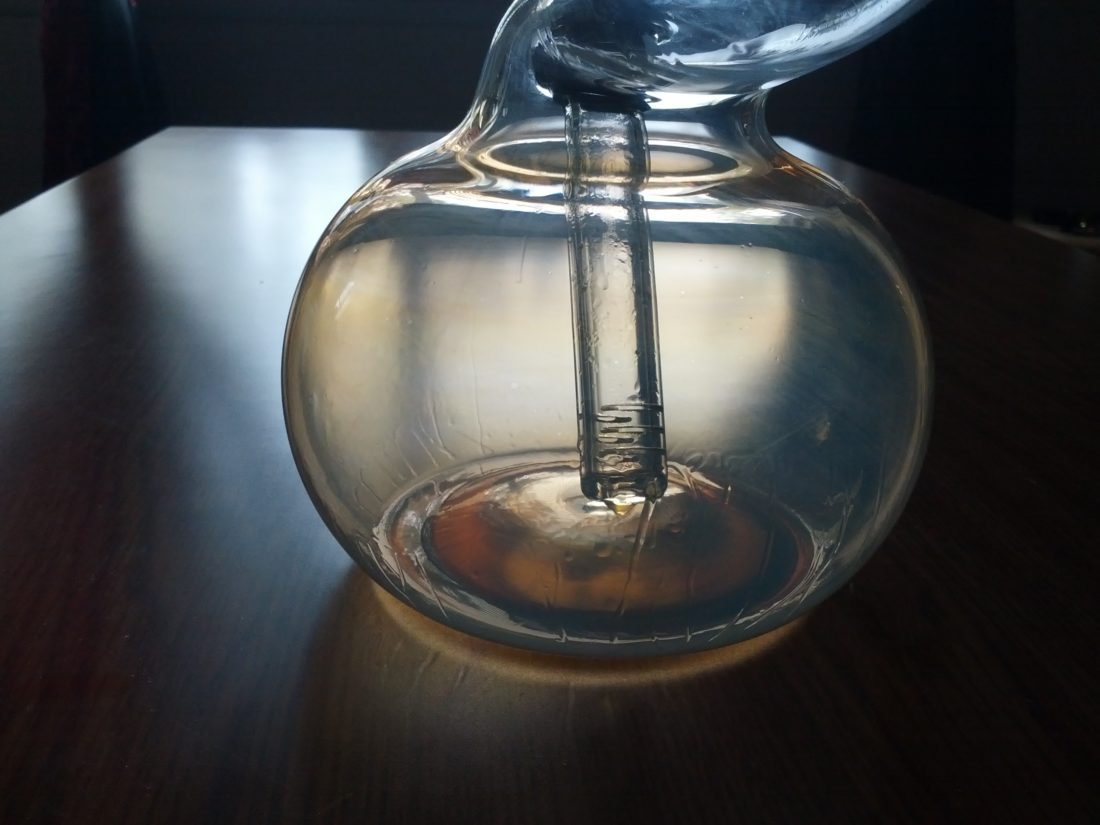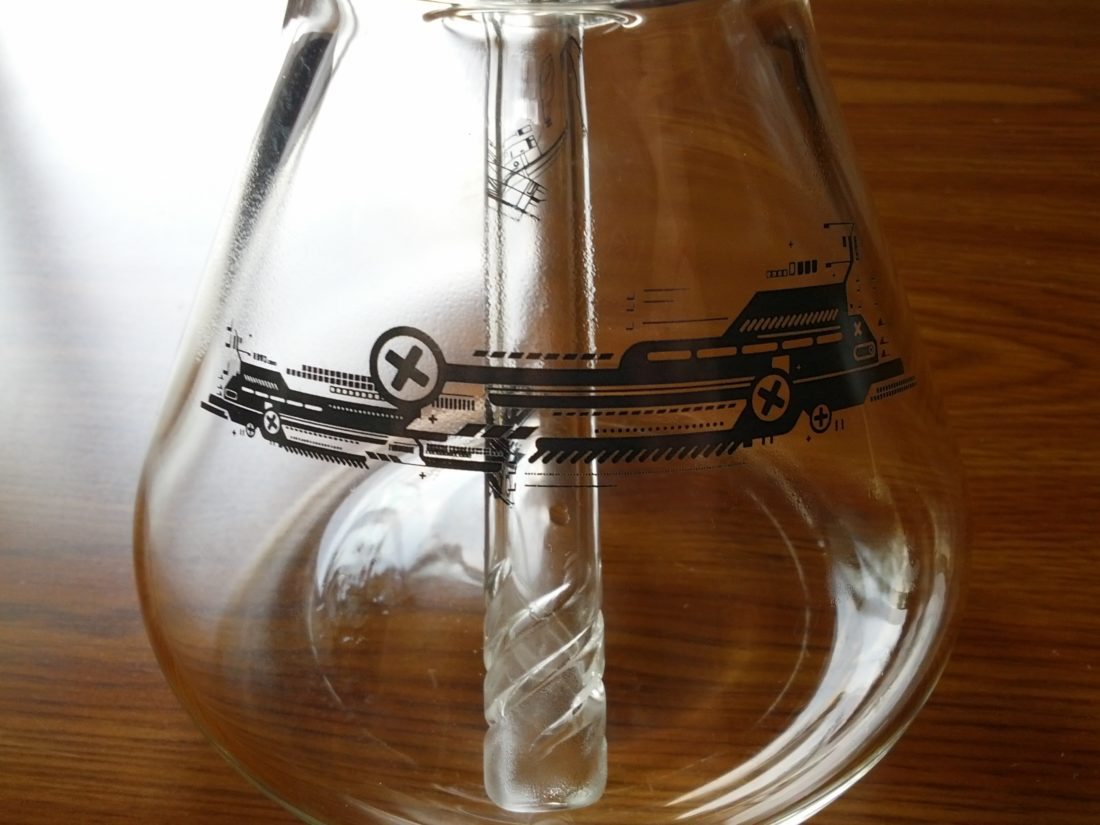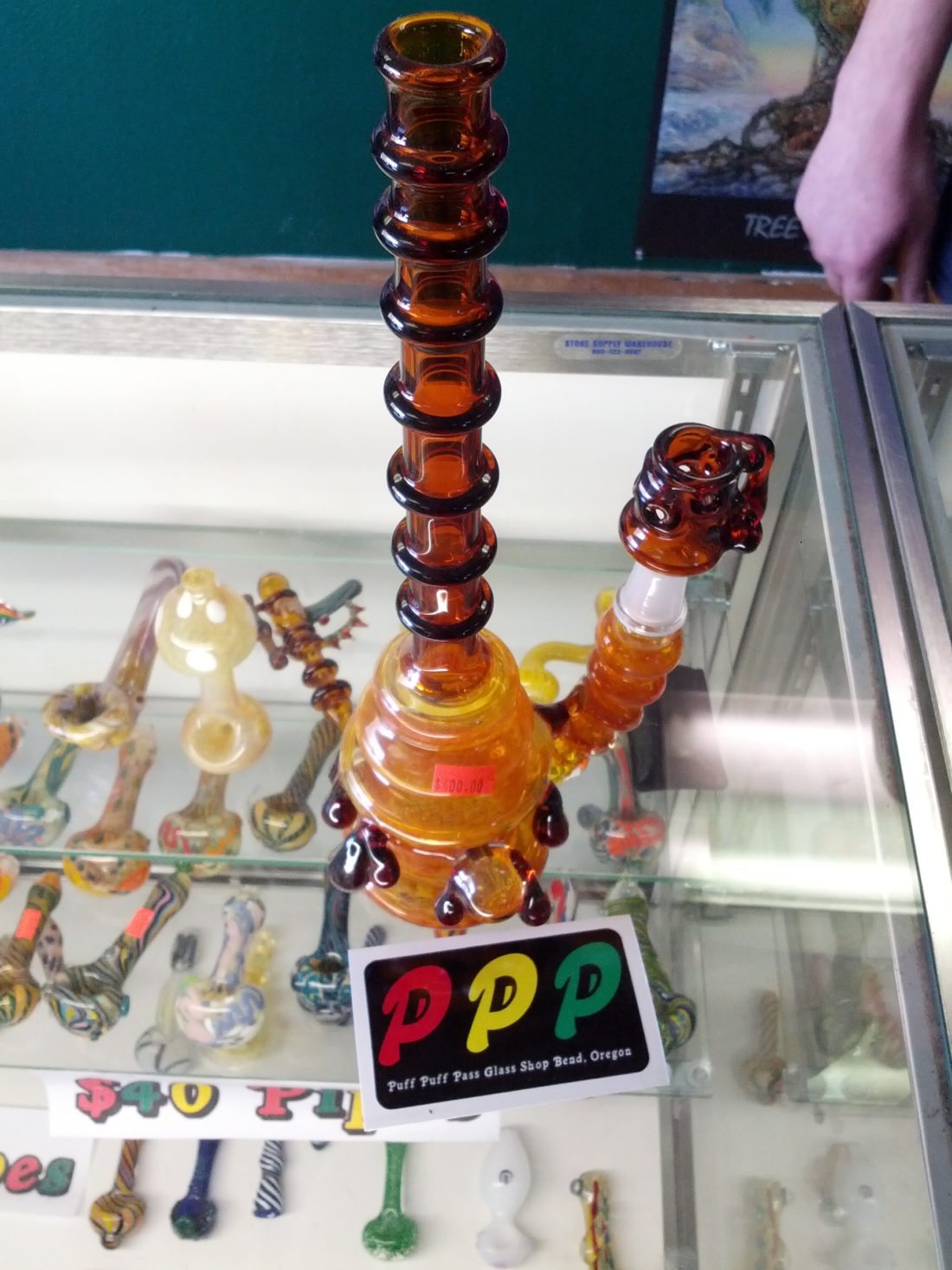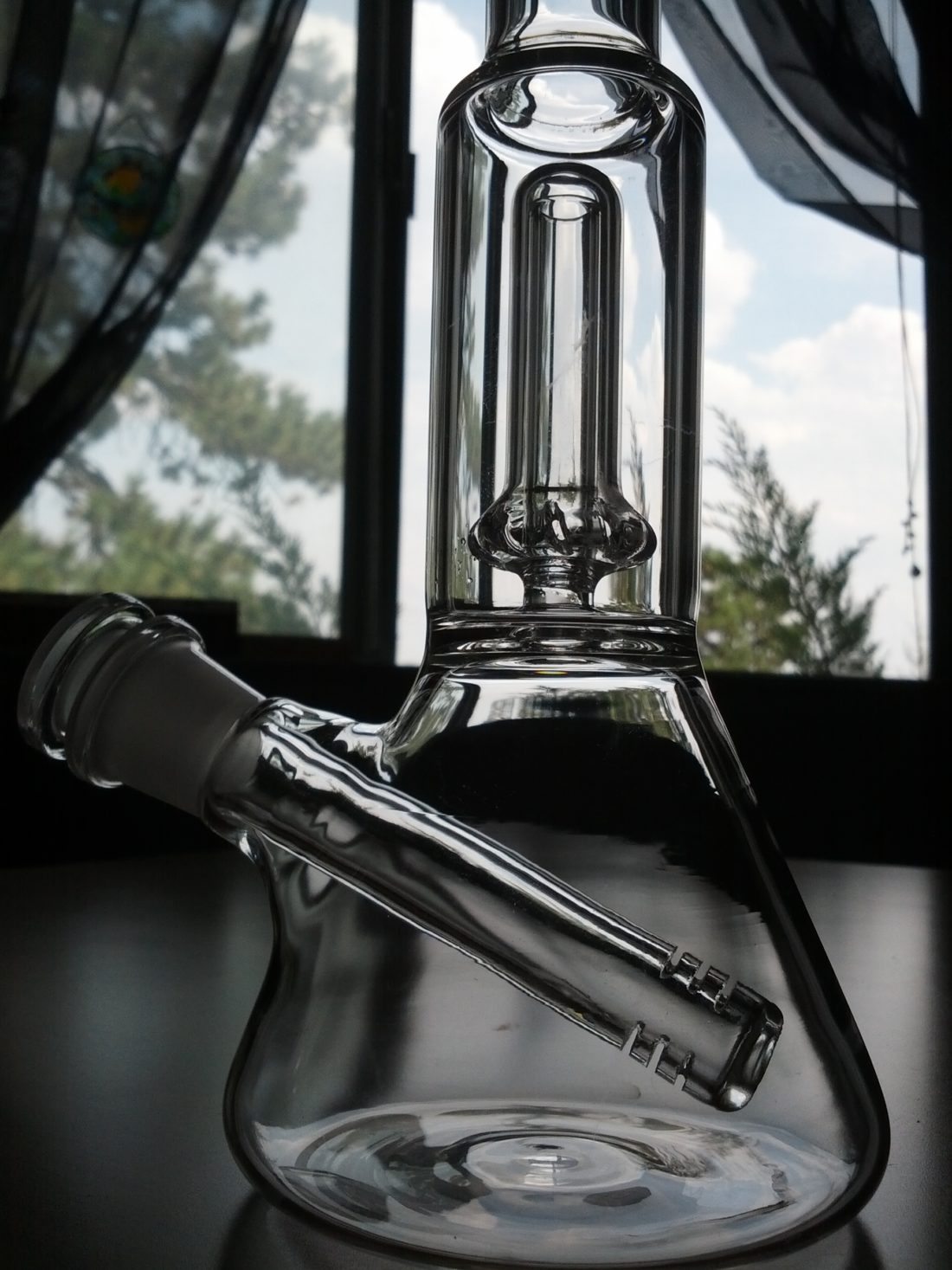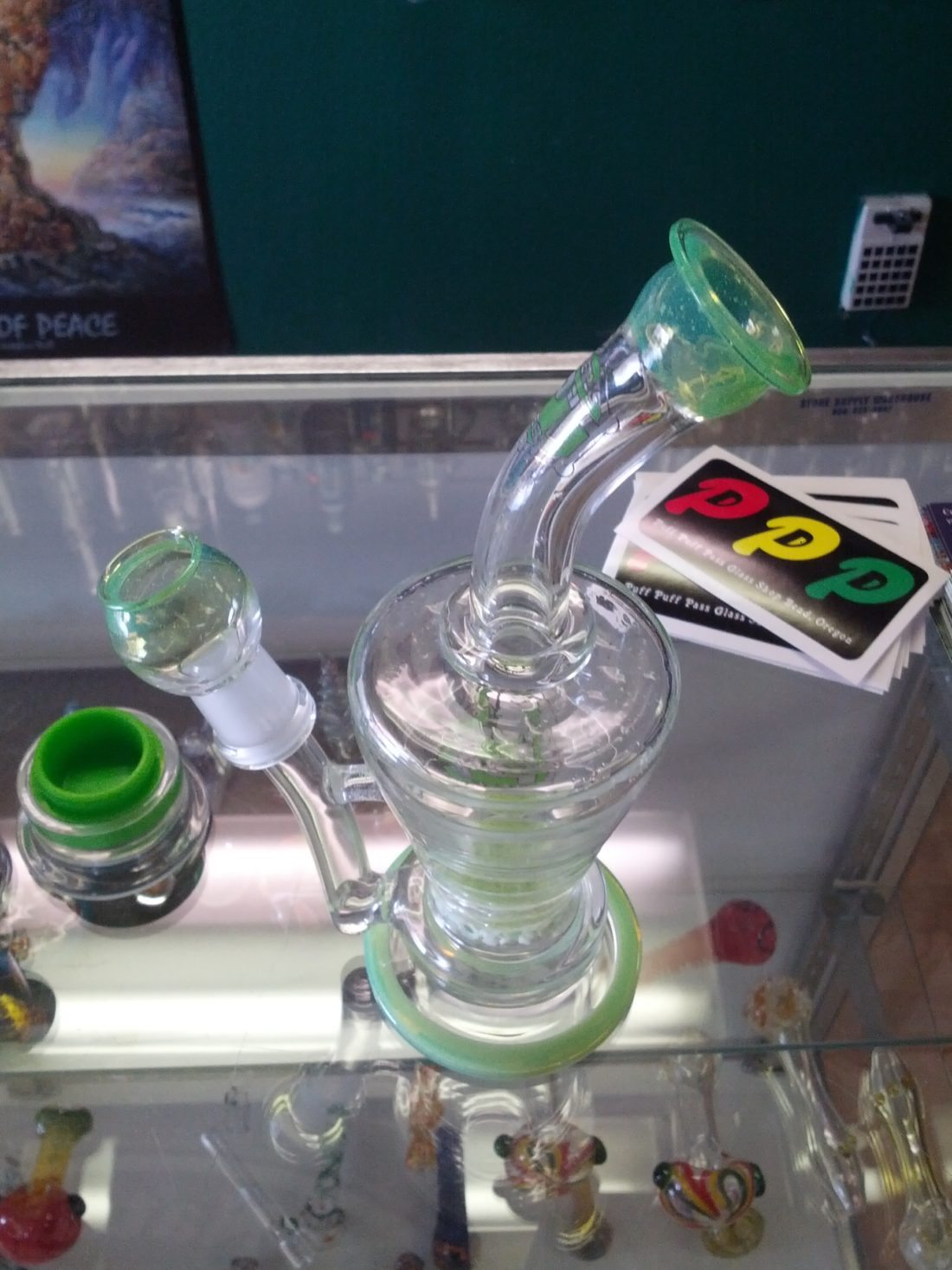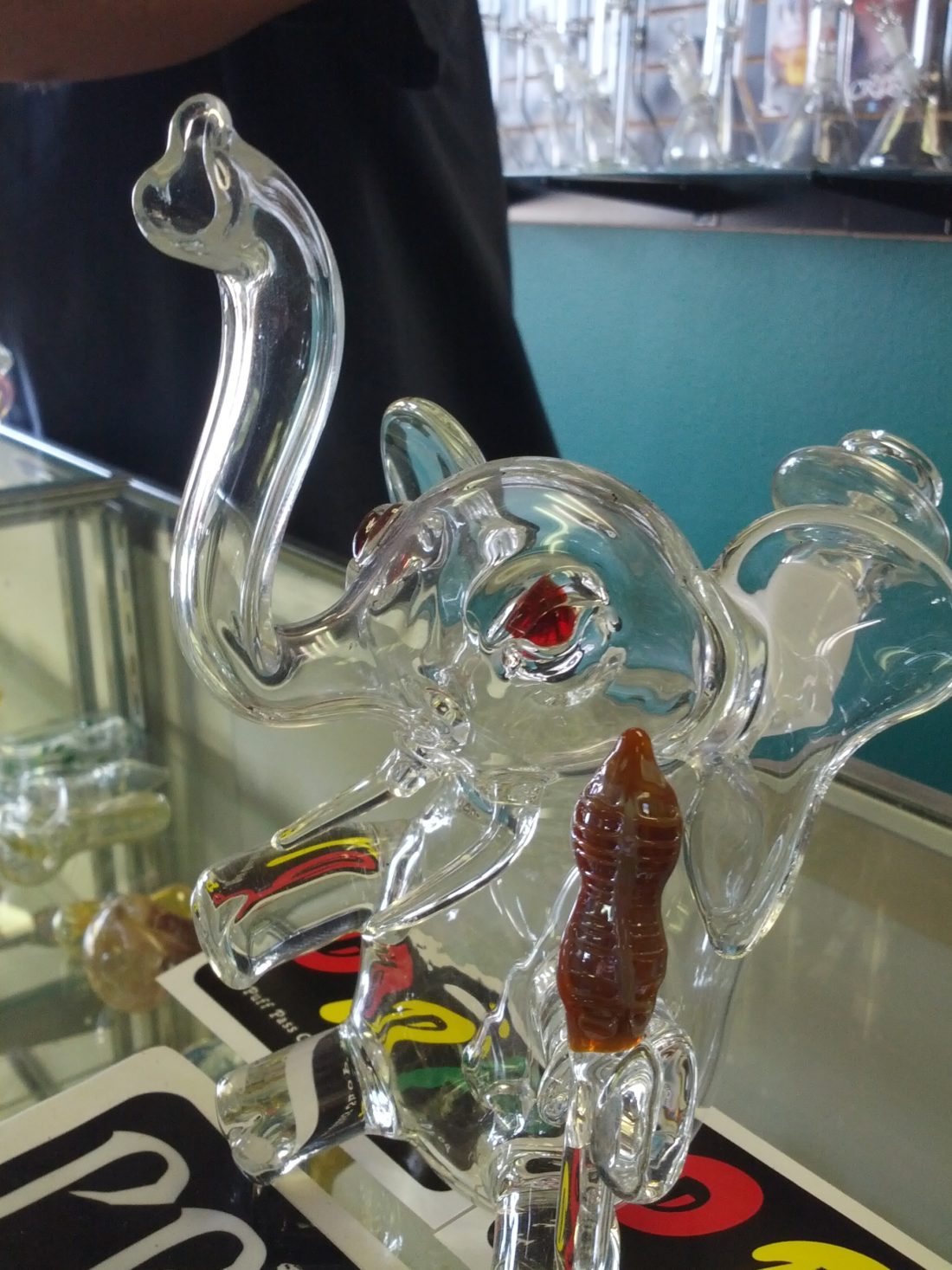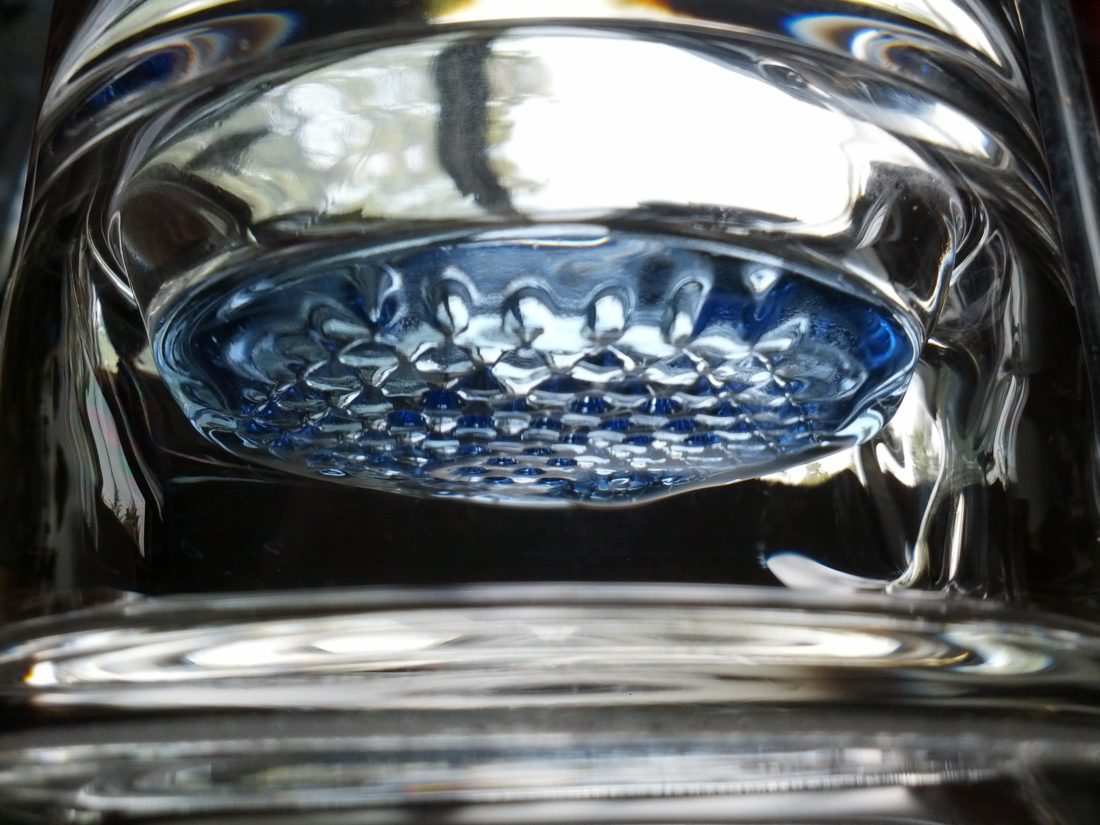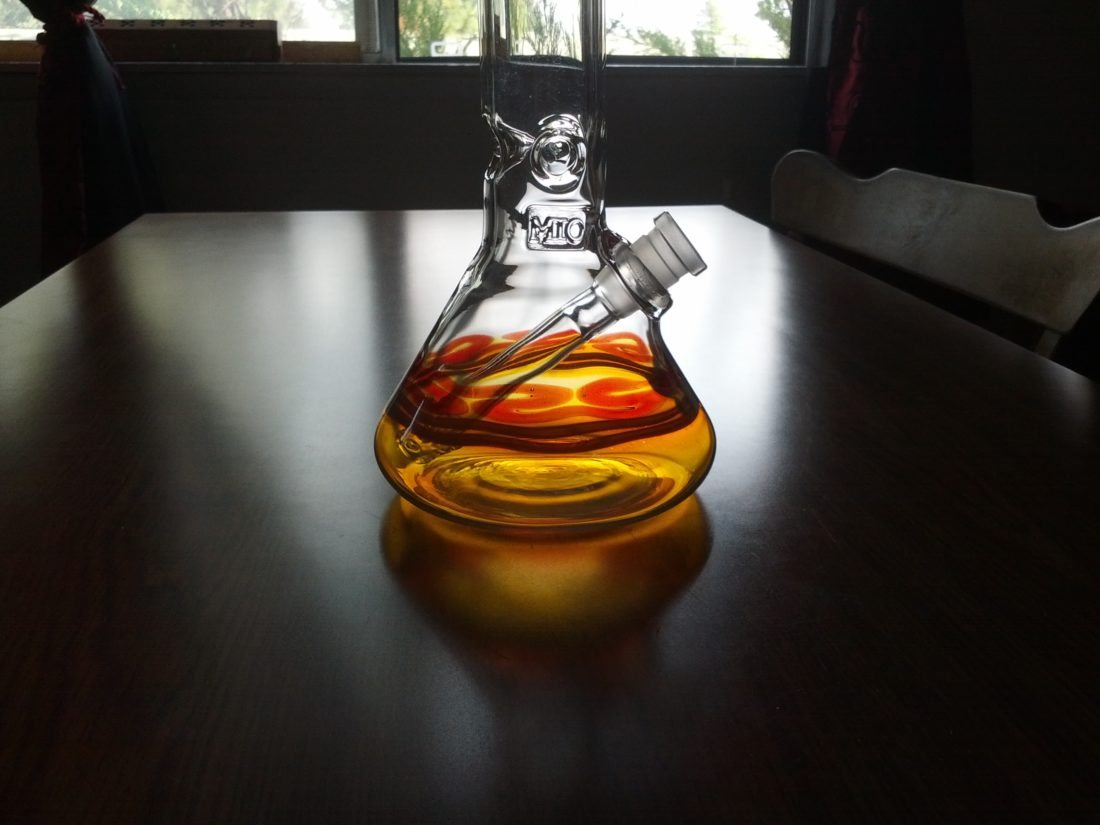Collecting glass is a passion shared by millions of people.
People aren’t the only ones that start collecting either. Some animals cache or horde items too. Crows are attracted to and give shiny objects as presents. Deep under the ocean certain crustaceans collect rocks. The act of collecting stems from a desire to make life easier or more bearable.
Collecting isn’t based exclusively on physical necessity either. People can collect everything from experiences like visiting all 50 United States to items like paintings. Even though these items and experiences don’t seem amazingly important, they can make all the difference to the color of the memories created with them.
Why collect glass?
Glass is known for being fragile but modern advances make them far more durable than in days past. While some people still lose glass regularly, careful attention to storage and maintenance will keep a pipe around for decades. Granted, law enforcement has a habit of destroying paraphernalia when they find it.
Even if a smoker isn’t losing pipes regularly to damage or enforcement, the first pipe is rarely perfect. New users rarely know how a pipe should feel in the hand or how a bong should draw. This means many first-time purchases are based on looks and not function, leading to additional purchases.
What makes sculptural glass pieces special?
People buy sculpture because they feel it embodies some aspect of their personality or persona. Sculptural glass offers smokers the opportunity to merge their love of cannabis with other loves. What better piece to represent a SCA fighter than a steamroller in the shape of a mace or sword?
The glass sculpture also becomes a social extension of the person who owns it. A giant glass spider pipe suggests a flair for extravagance and a hint of danger. While a lewd and nude sculptural pipe reinforces acceptance of the chauvinistic tendencies of ‘that one guy’. The piece itself becomes an extension of the person collecting it.
And glass isn’t cheap either.
It is also difficult for many people to justify paying hundreds or even thousands of dollars for a piece of glass that has the same function as an $80 one. This is especially difficult to justify if the person might break or have to toss the piece at any given moment.
Spending $50 on a basic pipe every month because it gets dropped or has to be ditched is expensive. Over the course of a year, replacement costs add up to $600 or more. That is a lot of money to dish out regularly but it also means spending $300 on a bong once a year doesn’t feel as bad.
Remember that the smoking experience is colored by the device.
Smoke out of enough pieces and you will find one that looks cool but smokes like trash. Veteran smokers should recognize that function is more important to a smoking device than form. Even so, nobody can resist the draw of smoking out of and collecting something special.
Claiming to have a glass turtle to smoke out of is intriguing and grabs people’s attention. But if the piece is poorly made, it holds their attention for all the wrong reasons. People will critique burnt fingers and remember the stench of sizzling nose hair instead of the cool elements of the piece.
If the glass piece is masterfully crafted, it will show through on every element. Years after the fact, people will bring up the time they smoked out of your bad ass animal. They will fondly recite the story to friends as they describe the legendary status of smoking out of a spider. They won’t even remember how stellar or crappy the weed was!
There are a few key things to look for when collecting sculptural pipes.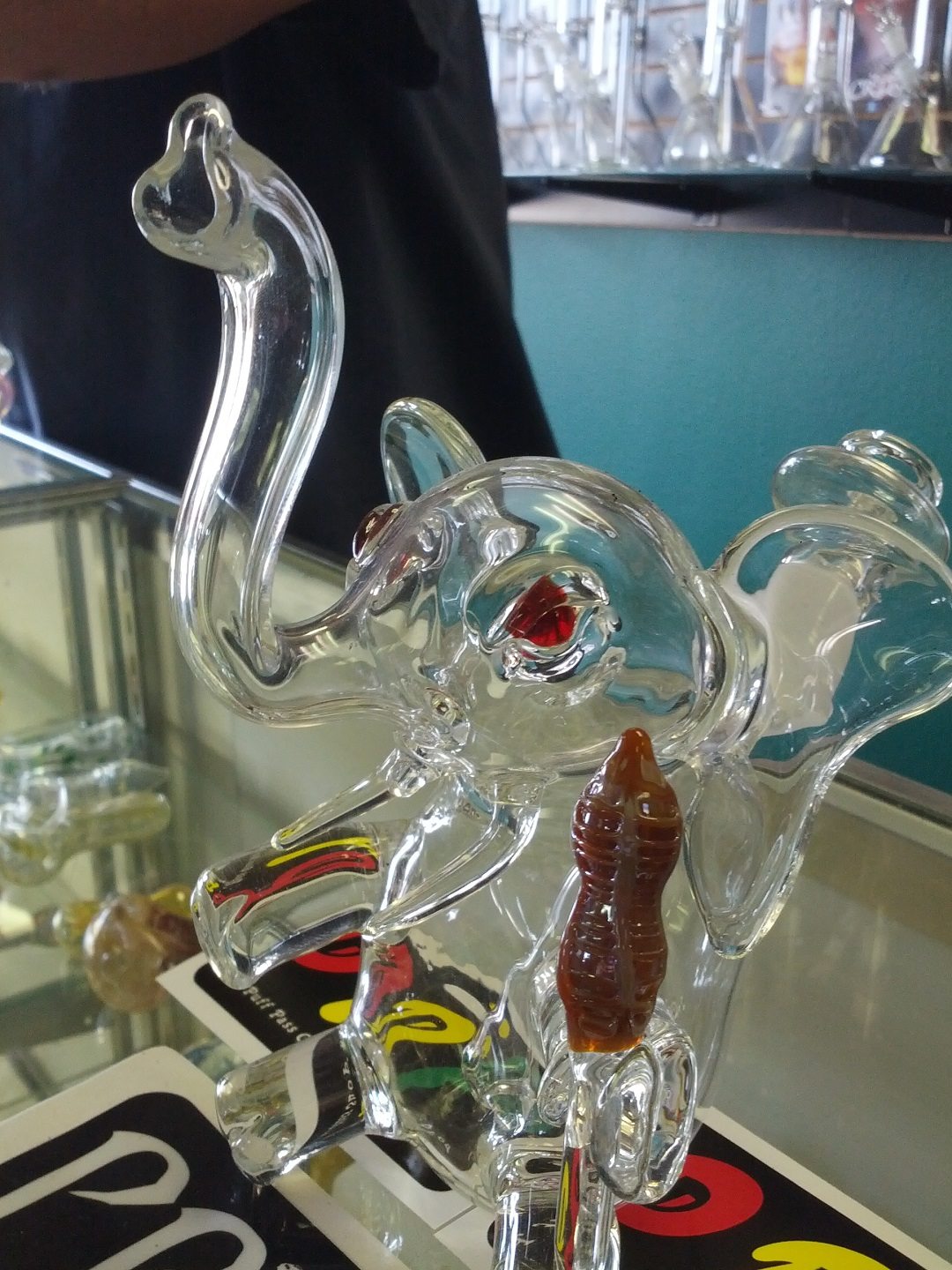
Pipes and bongs are supposed to create thick smoke but not all can. The smoke cools as it is inhaled through the glass which allows it to expand and thicken. Denser and colder smoke fills the chamber evenly. But wide chambers aren’t able to empty as a slipstream is created between the narrow openings.
The airflow should be restricted enough to produce resistance while the flame is hitting the weed but strong enough to force the heat down and through the plant matter. Smokers should be able to draw a hit easily and the chambers should clear quickly.
Make sure it fits before you buy.
Buyer’s remorse is a real thing and stoners experience it regularly. Most glass galleries ensure that all sales are final so there is no recourse once the piece is open at home. In addition to that, nobody outside of a few Facebook groups and friends accept used glass.
The people who do accept used glass will likely offer pennies on the dollar. That’s assuming they are willing to pay for it to begin with. So make sure you really like a piece before dropping hundreds of dollars on it.
Keep an eye out for bad welds.
There are a lot of talented and honest glass galleries out there. There are also plenty of fly-by-night charlatans both online and in the real world. Instead of relying on the word of a salesman, inspect the piece for defects and shortcuts.
When two pieces of glass get fused, it creates a weld line. High quality pieces have smooth welds that create even transitions between pieces of glass. Poor quality pieces have bubbly, ridged or uneven welds. Poor quality welds create stress on the glass and can lead to spontaneous fracturing and other unpleasantness.
And make sure it’s stable!
Every piece needs to be stable when sitting on a flat surface. If a piece can’t stand on its own, it should at least have a stable stand. Nothing is quite as stunningly horrible as watching a $4000 piece crash every time a door closes.
Ideally, expensive pieces should also be easy to handle. Glass pieces need to sit well in the hand so they don’t get dropped while being used or passed. Some designs are inherently intricate and fragile but even these need to be stable enough to stand on a shelf and get moved from time to time.



